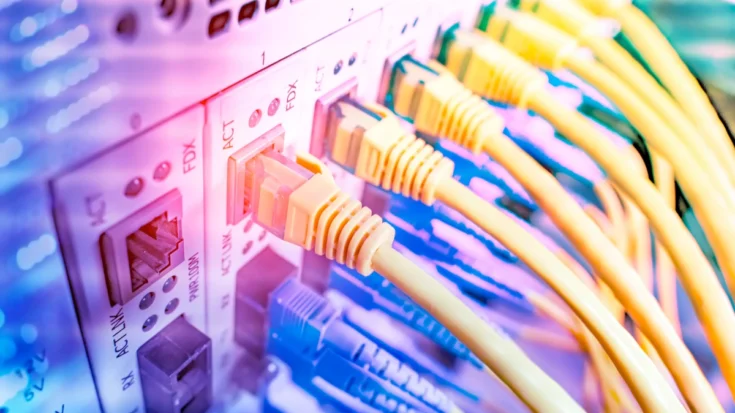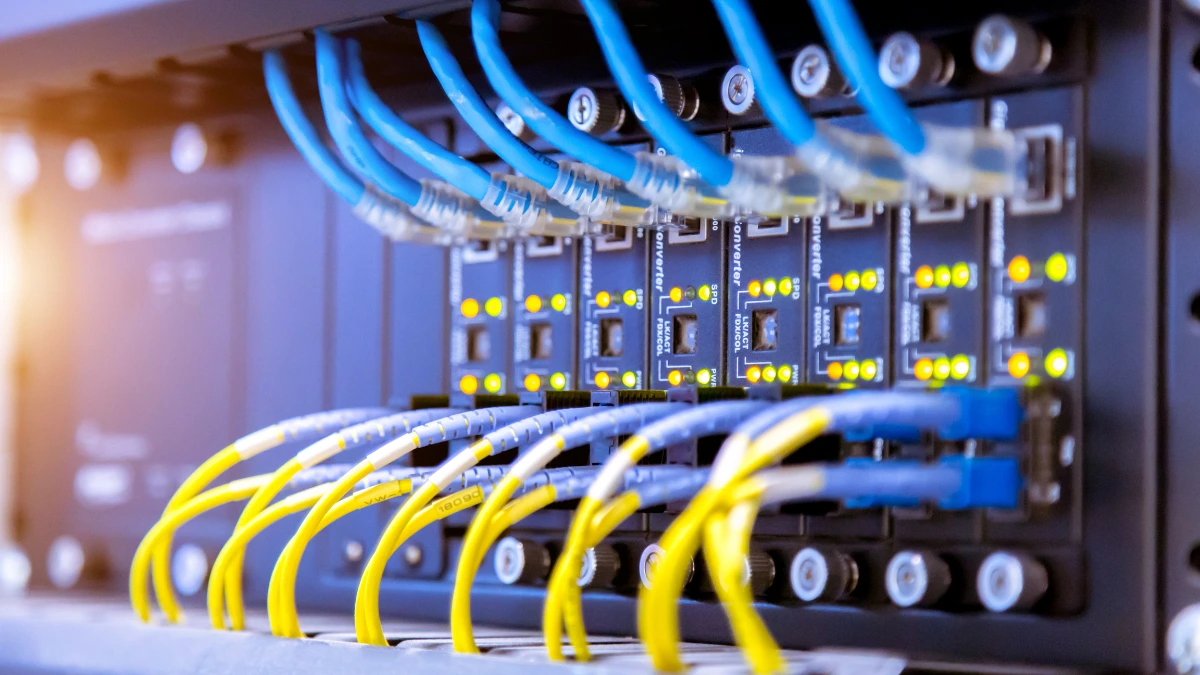Ethernet Switches have several types according to their respective functions and needs, one of which is Layer 2 vs Layer 3 Switches.
Layer 2 vs Layer 3 Switches is a network device that cannot be managed or modified in its settings.
This article will review the Layer 2 vs Layer 3 Switches from the definition and the differences.
Also Read
Table of Contents
What is a Layer 2 vs Layer 3 Switches?

Layer 2 switches function at the data link layer of the OSI model, handling data transfer between devices within the same local area network (LAN).
In contrast, Layer 3 switches offer routing features similar to those of routers, enabling them to forward data between separate networks.
By utilizing IP addresses to identify optimal routes for data packets, Layer 3 switches help enhance the efficiency and overall performance of a network.
The Differences of Layer 2 vs Layer 3 Switches

1. Key differences in functionality
- Layer 2 Switches: Work within a single network segment, forwarding Ethernet frames based on MAC addresses. They support important VLAN separation but do not perform routing functions.
- Layer 3 Switches: Can connect multiple network segments, allowing communication between devices on different subnets. VLANs and access control lists (ACLs) are also supported, providing more security and control over network traffic.
2. LAN and WAN connectivity
- Layer 2 Switches: Typically used in LAN environments to connect devices within a single network segment.
- Layer 3 Switches: Connects different LAN segments or LANs to a wide area network (WAN) such as the Internet.
3. Packet handling capabilities
- Layer 2 Switches: Forwards Ethernet frames based on MAC address.
- Layer 3 Switches: Forwards IP packets using network addresses.
4. Routing capabilities
- Layer 2 Switches: Do not have routing functions, limiting them to connecting multiple networks.
- Layer 3 Switches: Performs routing between networks, making it possible to connect various LANs and provide access to the Internet.
5. VLAN and ACL support
- Layer 2 Switches: Supports essential VLAN separation but lacks ACL capabilities.
- Layer 3 Switches: Support VLANs and offer more advanced ACL functionality for greater control over network traffic.
That is an explanation of the Layer 2 vs Layer 3 Switches from the definition and the differences. Hopefully, this article is useful for you to determine the right type of Ethernet Switch for your needs.











